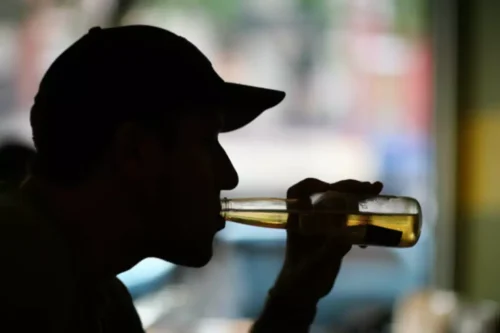
Treatment centers should ideally have rigorous and reliable screening for substance use disorders and related conditions. They should have an integrated treatment approach that addresses other mental and physical health conditions. They should emphasize linking different phases of care, such as connecting patients to mental health professionals, housing, and peer support groups when transitioning out of the acute phase of care. They should also have proactive strategies to avoid dropping Why Alcoholism is Considered a Chronic Disease out, involve the family in treatment, employ qualified and certified staff, and be accredited by an external regulatory organization.
Order blood tests to check for anemia, vitamin deficiencies and abnormal levels of liver chemicals.

The slow progress in this field also can be attributed to the lack of a suitable animal model. Nonetheless, significant advances have been made, particularly with respect to the direct toxic effects of alcohol on acinar cells. The mortality rate of patients with alcoholic pancreatitis is about 36 percent higher than that of the general population.

Preventing alcohol use disorder

Examples of behavioral treatments are brief interventions and reinforcement approaches, treatments that build motivation and teach skills for coping and preventing a return to drinking, and mindfulness-based therapies. One size does not fit all and a treatment approach that may work for one person may not work for another. Treatment can be outpatient and/or inpatient and be provided by specialty programs, therapists, and health care providers. Many people with alcohol use disorder hesitate to get treatment because they don’t recognize that they have a problem. An intervention from loved ones can help some people recognize and accept that they need professional help.
- These facilities will provide you with 24-hour care as you withdraw from alcohol and recover from your addiction.
- Given the power of alcohol on the brain, people who drink heavily may come to rely on it to regulate their mood.
- Brain structures can shift as well, particularly in the frontal lobes, which are key for planning, making decisions, and regulating emotions.
- Adolescents are also likely to binge drink, which can lead to serious consequences, including injury and death.
- Mild is classified as 2 to 3 symptoms, moderate is classified as 4 to 5 symptoms, and severe is classified as 6 or more symptoms, according to the DSM-5.
Follow us on social media
People with this condition can’t stop drinking, even if their alcohol use upends their lives and the lives of those around them. While people with this condition may start drinking again, studies show that with treatment, most people are able to reduce how much they drink or stop drinking entirely. An informed minority opinion, especially among sociologists, believes that the medicalization of alcoholism is an error. Unlike most disease symptoms, the loss of control over drinking does not hold true at all times or in all situations. The alcoholic is not always under internal pressure to drink and can sometimes resist the impulse to drink or can drink in a controlled way. The early symptoms of alcoholism vary from culture to culture, and recreational public drunkenness may sometimes be mislabeled alcoholism by the prejudiced observer.

Do you feel ANNOYED because other people have criticized your drinking?
Because such use is usually considered to be compulsive and under markedly diminished voluntary control, alcoholism is considered by a majority of, but not all, clinicians as an addiction and a disease. The cause of a case of pancreatitis can be attributed to alcohol based on a patient’s history of alcohol abuse. Attempts are under way to find a biochemical marker that would help distinguish alcoholic from nonalcoholic pancreatitis. One report has suggested that the ratio of serum lipase to serum amylase levels may be helpful in this regard (Gumaste et al. 1991).

